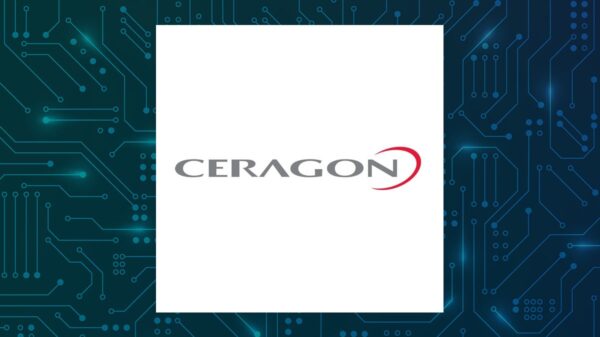Researchers from the Indiana University (IU) School of Medicine, Regenstrief Institute, Eskenazi Health, University of Miami School of Medicine, and Lamar University have developed an innovative artificial intelligence (AI) tool that significantly enhances early detection of dementia in primary care settings. This fully digital and zero-cost method integrates existing health systems without adding to the workload of physicians.
The new approach combines data from the Quick Dementia Rating System (QDRS) with a Passive Digital Marker (PDM), a machine learning algorithm that employs natural language processing to analyze electronic health records (EHRs). By examining factors such as memory issues and vascular health, the AI identifies patients at risk for Alzheimer’s disease and related dementias (ADRD).
In a randomized clinical trial involving over 5,300 patients, researchers found that their method increased the incidence of ADRD diagnoses within 12 months by 31%, all without requiring additional time or effort from healthcare providers. This breakthrough demonstrates how AI can be effectively integrated into daily clinical practices, enhancing early detection while alleviating burdens on primary care teams.
Advancements in Dementia Detection
Dr. Malaz A. Boustani, a research scientist at Regenstrief and co-developer of the PDM, emphasized the significance of this development. “Most early detection methods require at least five minutes of a doctor’s time and often come with licensing fees,” he stated. “Our dual approach, by contrast, requires zero clinician time or money.”
Dr. Zina Ben Miled, another key contributor to the project, highlighted the equitable nature of the tool. “By embedding these tools directly into the electronic health record, we can reach patients who might otherwise be overlooked, ensuring that everyone has the same opportunity for early detection and care,” she noted.
The findings have been published in JAMA Network Open, under the title “Digital Detection of Dementia in Primary Care: A Randomized Clinical Trial.” The authors concluded that the combined approach effectively enhances early detection of ADRD in busy primary care environments, benefiting both the healthcare system and patients.
Detection of ADRD often poses challenges in primary care. Studies indicate that more than 50% of older adults fail to receive formal diagnoses in a timely manner. Factors such as time constraints, existing patient priorities, and the stigma surrounding dementia contribute to this oversight. Moreover, traditional cognitive performance tests present scalability and sustainability challenges.
The researchers advocate for harnessing patient-reported outcomes (PROs) and advancing machine learning algorithms to address these issues more effectively. The trial assessed a dual approach, utilizing the QDRS and the PDM across several primary care practices in Indianapolis.
Implementation and Impact
The trial was conducted at nine federally qualified health centers associated with Eskenazi Health. During the study, patients aged 65 and older were automatically invited to complete the QDRS survey through their patient portal, while the PDM continuously analyzed existing clinical data to identify those at risk. Results were relayed to clinicians only when necessary, thus conserving resources.
The study’s results indicate that this combined strategy resulted in a new diagnosis of Alzheimer’s and related dementias at a rate 31% higher than usual care practices, demonstrating the potential for improved patient outcomes without increasing clinician workload.
Furthermore, the implementation of this approach led to a 41% increase in follow-up diagnostic assessments, including neuroimaging and cognitive testing. This suggests earlier and more accessible dementia care, particularly for traditionally underserved populations.
Dr. James E. Galvin, a professor of neurology at the University of Miami, praised the QDRS’s design, stating, “It empowers patients and families to report cognitive changes easily and quickly.” He emphasized that when combined with digital tools like the PDM, early detection can be scaled efficiently.
The PDM has been under development for over a decade and is now available as an open-source tool. Dr. Boustani explained, “There’s no licensing fee—just the basic cost of deploying it, similar to how you would deploy any app. Any healthcare system with an electronic health record can implement it without incurring additional costs or requiring extra clinician time.”
The research team believes this approach represents a significant advancement in healthcare delivery, aligning with the Regenstrief Institute’s mission to improve patient outcomes through innovation. As Dr. Boustani summarized, “We have shown that it’s possible to bring the power of AI and patient-reported outcomes directly into the clinic—seamlessly, affordably, and at scale.”



































































